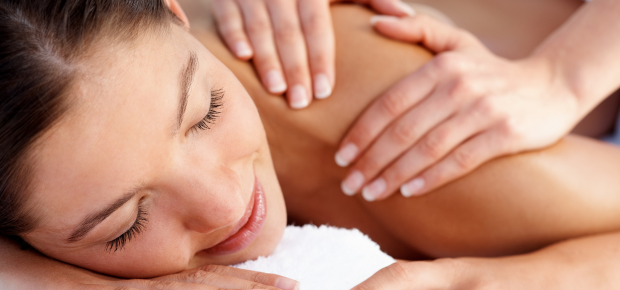
As a massage therapist, joining a reputable professional association can really elevate your career. Not only will it boost your professional credibility, but you'll also enjoy useful perks like indemnity insurance, private health fund rebates for clients, networking opportunities, and ongoing professional development. With several associations available across Australia, it might feel overwhelming deciding which one is right for you. Let's make that decision a bit easier!
Here are the top 5 massage therapy associations in Australia that can truly support your professional journey.
1. Association of Massage Therapists (AMT)
Established in 1966, the Association of Massage Therapists (AMT) has a strong reputation for setting high industry standards. If you're looking for an association purely dedicated to massage therapists, AMT could be your perfect fit.
-
Joining fee: $290 ($80 application fee + $210 annual membership)
-
Membership perks: Indemnity insurance, professional development workshops, networking events, online directory listing, and advocacy support.
-
Courses: AMT accredits massage therapy courses from reputable providers.
-
Membership size: One of Australia's largest massage therapy associations.
But if you practice multiple natural therapies, another association might suit you better.
2. Australian Natural Therapists Association (ANTA)
Founded in 1955, ANTA covers a broader spectrum of natural therapies including massage therapy, naturopathy, acupuncture, and more. If your practice spans various modalities, ANTA provides comprehensive support.
-
oining fee: $295 ($110 application fee + $185 annual membership)
-
Membership perks: Professional indemnity insurance, professional development events, member discounts, and an online practitioner directory.
-
Courses: ANTA recognises accredited courses from natural therapy schools across Australia.
-
Membership size: Over 10,000 members (as of September 2021).
Perhaps you're just starting out and prefer an association tailored specifically to students and early-career professionals.
3. Massage Association of Australia (MAA)
For those new to massage therapy, the Massage Association of Australia (MAA) offers great support from your training stage through to establishing your practice. They actively promote the benefits of massage therapy to the wider community.
-
Joining fee: Students $44, Professionals $370 upfront.
-
Membership perks: Indemnity insurance, ongoing training opportunities, product discounts, and directory listing.
-
Courses: MAA accredits various massage therapy educational providers.
-
Membership size: Exact numbers not publicly available.
However, if your focus is specifically remedial massage or myotherapy, consider an association more specialised in advanced therapeutic techniques.
4. Massage & Myotherapy Australia (MMA)
Formerly known as the Australian Association of Massage Therapists, Massage & Myotherapy Australia (MMA) specialises in remedial massage and myotherapy. They strongly advocate for continuous learning, making it ideal for therapists committed to professional growth.
-
Joining fee: $110 application fee + annual membership (cost varies by qualification).
-
Membership perks: Professional indemnity insurance, networking, member discounts, and ongoing education events.
-
Courses: MMA recognises numerous accredited massage and myotherapy courses nationwide.
-
Membership size: Over 8,600 members across Australia.
For practitioners dedicated exclusively to myotherapy, the next association might be the best match.
5. Myotherapy Association Australia (MAA)
The Myotherapy Association Australia is perfect if your professional focus is purely myotherapy. Since 1989, they've supported members through comprehensive educational opportunities tailored specifically to advanced musculoskeletal therapies.
-
Joining fee: Myotherapists $495 annually, Remedial massage therapists $395 annually.
-
Membership perks: Professional indemnity insurance, extensive CPD programs, directory listing, and member discounts.
-
Courses: Maintains a detailed list of accredited myotherapy courses across Australia.
-
Membership size: Membership figures not publicly disclosed.
Making your decision
Ultimately, choosing the right association comes down to your professional goals and specialisation. Whether you're a seasoned practitioner, a student, or somewhere in between, joining one of these associations will undoubtedly support your growth.
Considering a career in massage therapy? Explore accredited massage courses through our course directory. Already practising? Join our network and connect with new clients!
Originally published on Apr 07, 2025








